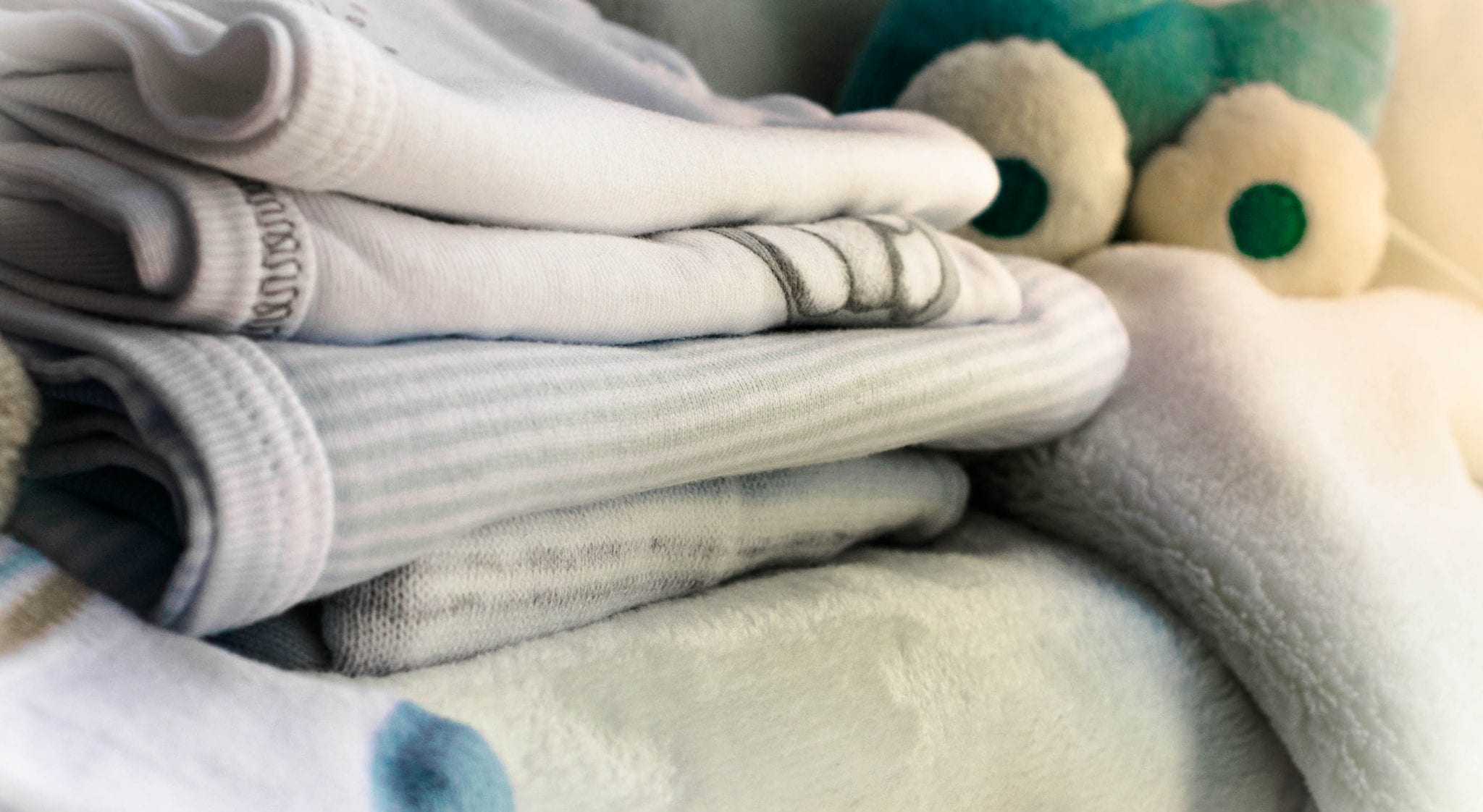Best Practices
Cleaning baby clothes can be overwhelming, especially when you’re balancing all the other tasks of having a new baby. How such a small person can create so much laundry is nearly unbelievable (or impressive, we’re not sure which). With all the different colors, textures and wash settings, the process can be perplexing. Worry not, new parent! We’re here to give you the dirt on how to wash baby clothes.
When to wash baby clothes
Newborns are born with sensitive skin. Being so new to the world means they haven’t built a tolerance to common irritants found in clothing and harsh detergents. With this in mind, it’s best to wash clothing items before he or she wears them. This includes the other items your baby will come in contact with, such as blankets or bedding. Before you wash any garment, be sure to check the care label. Some baby items, such as sleepwear, have special care instructions because they are required by law to be flame-resistant.
Some manufacturers also apply chemicals to clothing to maintain their appearance and freshness in the shipping process. While this helps garments look great on the hanger, it may cause your baby to have a skin reaction if not washed properly beforehand.
What kind of detergent to use for babies
You may find yourself asking, “Can I wash baby clothes with regular detergent?” While some families choose a detergent made specifically for infants, others choose to combine baby’s clothing with the family’s. Infant detergents generally have less dye and perfume additives, which means they’re not as harsh on newborn skin. Other detergents available without dyes and perfumes are not marketed as special baby laundry detergent, but serve the same purpose.
Here are some best practices if you want to wash baby clothes with regular detergent:
- Use a liquid detergent. Liquid detergents release from clothing more easily. This means less detergent will come in contact with your newborn’s skin. The small crystals from powder detergents are more likely to embed in the fibers of the fabric, increasing the risk of irritation.
- Begin with one or two items that come in indirect contact with baby’s skin and watch for any sign of irritation. If you see signs of irritation, such as redness or bumps, discontinue use and contact your pediatrician.
- You may also wonder if you can use fabric softener on baby clothes. For babies, it’s best to skip it. Fabric softener can reduce the effectiveness of the flame retardant properties of sleepwear. Also, the same thought process applies to fabric softener as it does to detergents: the dyes and perfumes run the risk of causing skin irritation.
How to get stains out of baby clothes
With babies, soiled clothing is inevitable. However, as with all stains, acting fast is your best line of defense.
- As soon as possible, rinse stained fabric in cool water. Water is often enough to remove many stains. If something stronger is needed, gently scrub garment with a soft-bristled brush. Baby’s clothes are delicate, so be sure not to scrub too hard.
- Spot wash with detergent. Apply a small amount of detergent, and use cool water to work stained area of fabric into a lather. Rinse and launder as usual.
While you may feel a bit overwhelmed with laundry, your little one is worth every basket full. Using these techniques on how to wash baby clothes will help you keep pace with the mountain of laundry your baby will make.


